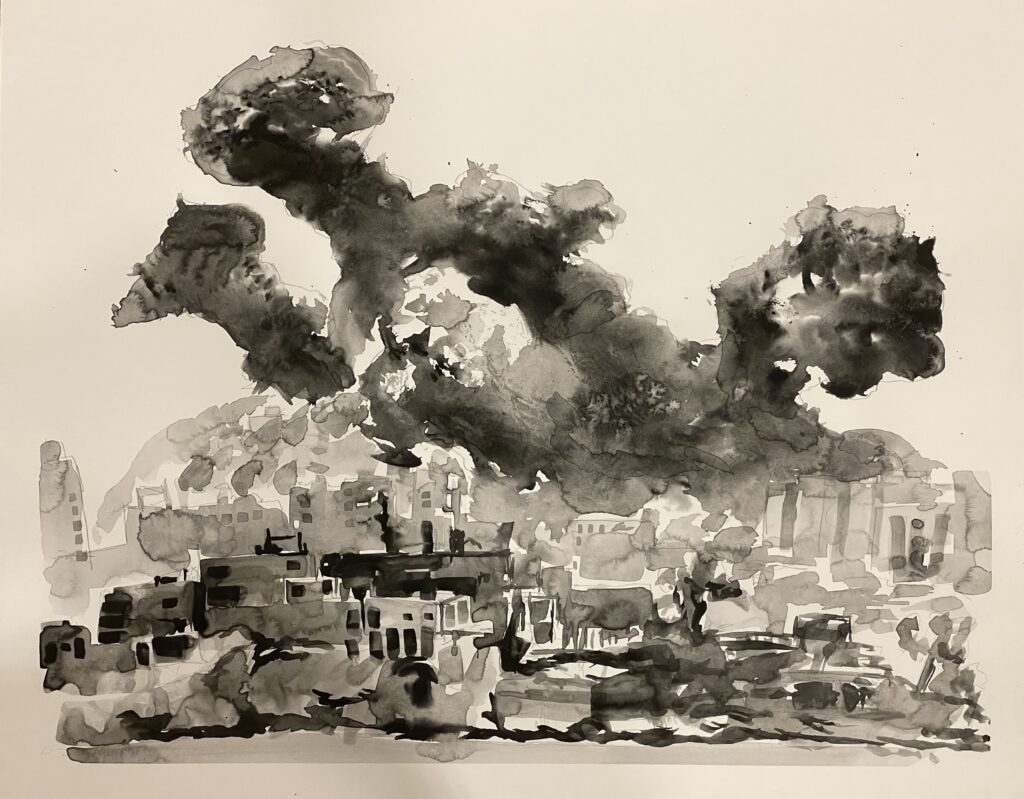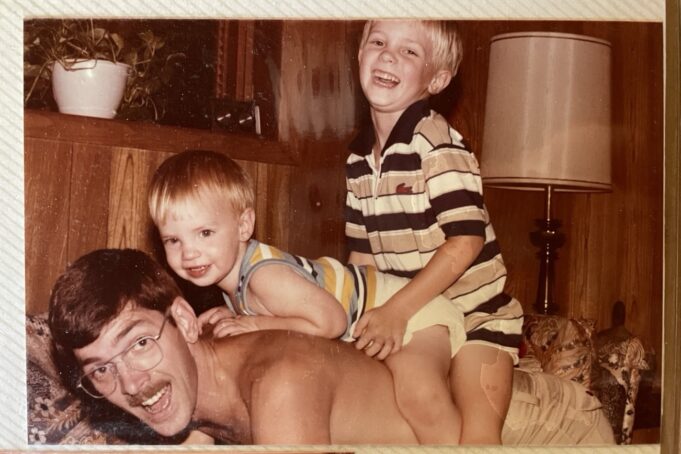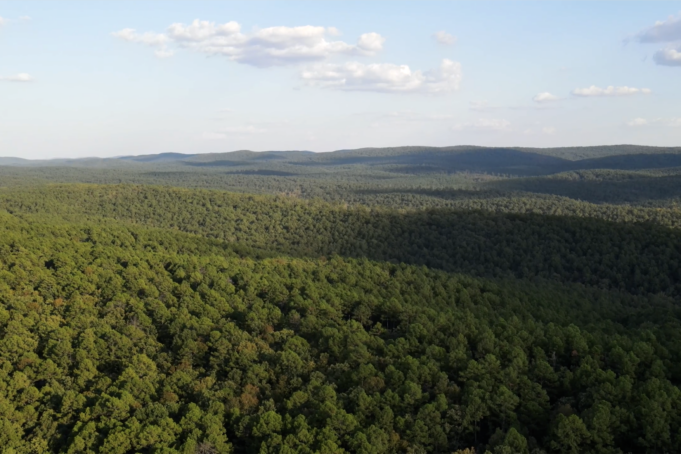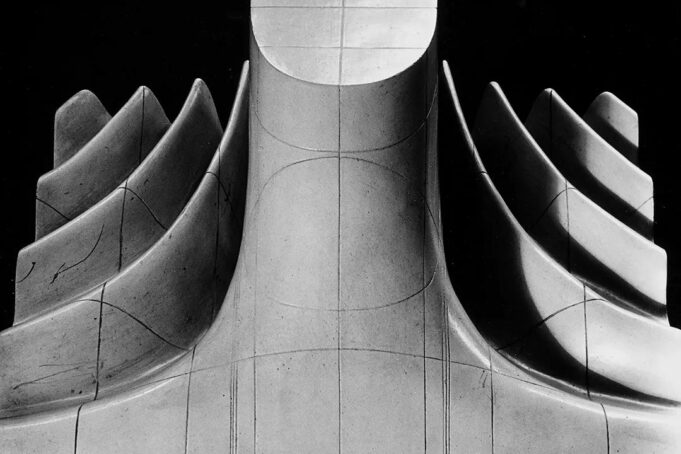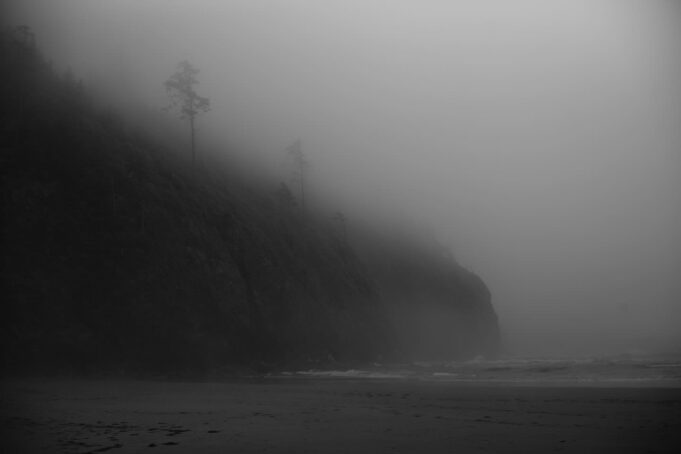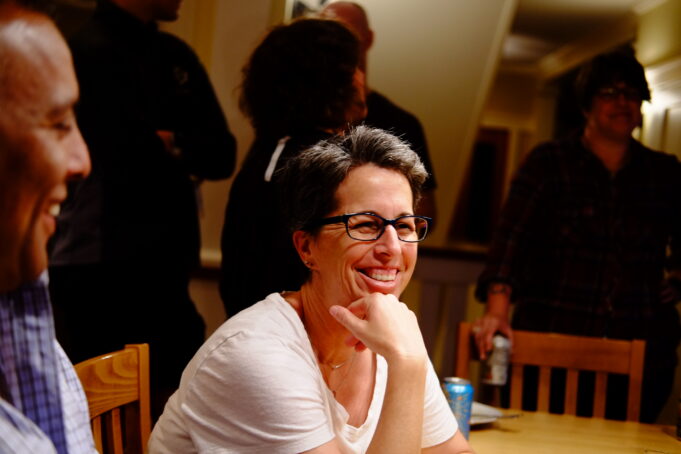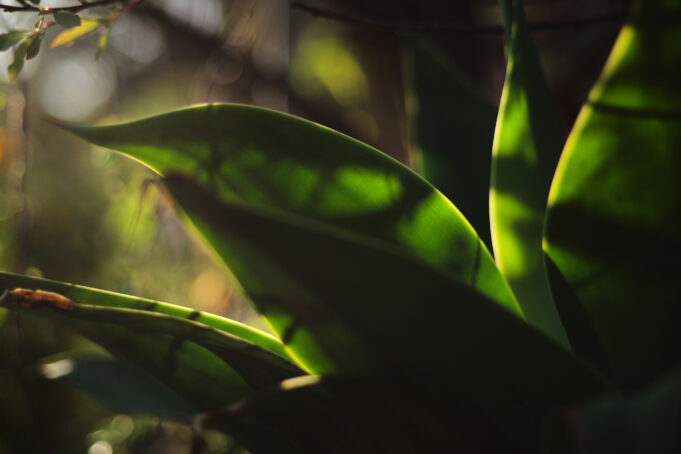Like so many of us, I’ve been watching in horror since October 7th. I’ve felt paralyzed by not knowing what to do or say or how to understand how we got here.
It feels again like it felt after September 11th; the first time I felt myself clinging to the back of my country like some angry beast lumbering towards vengeance.
I’ve turned myself inside out imagining: hiding in a bedroom with with my kids while gunmen stalk us; calling to my daughters buried under rubble; watching my littlest one wither without access to insulin.
I’ve called and messaged my government representatives demanding they not support and pay for this because that is what the people the I know with friends and family in Gaza have asked us who have the power and privilege of being American to do.
After a month of talking with friends and family this is what I can say:
Making people into non-people
These weapons and these actions are inhuman. October 7th is a horrifying tragedy. And the people of Palestine are not animals and their ongoing slaughter is a travesty. The holocaust was possible because people convinced themselves the Jews weren’t human. The Isreali defense minister started this bombing campaign by saying “these people are human animals.”
We don’t have to know the solution to know it has to stop
We don’t have to have a foolproof plan to imagine a future other than this. In fact imagining another way forward is a prerequisite for finding another way. It doesn’t have to be this way.
The challenge to be present with others’ suffering and not be overwhelmed into inaction
When I worked as a hospital chaplain early in my career I was with people who were suffering and dying every day. And I was with doctors and nurses who cared for them. We all struggled to find the right balance of being present to the suffering all around us and not being so overwhelmed that we couldn’t do our jobs to serve those people suffering. There were times that being present to such intense suffering felt like holding my head underwater. I could only do it for so long before having to leave and come up for air.
Over time, the veteran chaplains and doctors and nurses who had learned how to show up day after day taught me that it does not do any one any good for me to try to take on other people’s suffering for them as though it were my own. It’s not possible, it’s not true and it doesn’t actually help. One nurse I worked with explained that holding this boundary is like having a callus on your foot: it has to be thin enough to feel when you are being hurt but not so thin you can’t keep walking.
I learned that what does help is paying attention to other people’s suffering, really paying attention, allowing ourselves to enter into it and know it and imagine ourselves in it and doing this in such a way that the people suffering feel seen and known in the truth of their pain. And then to step back into our own lives and positions of safety, stability, power and privilege and to take action on their behalf to help; the sort of action we can imagine we would want someone to do for or on behalf of us if it were us who were suffering this way.
Painting as a practice of paying attention
Painting for me is mostly about focusing my attention for an hour or so on one thing. It’s been hard to be present to the kind of suffering the people in Gaza are enduring without feeling it will overwhelm me. But this is one way I’ve been able to.
The Washington Post photo I was working from captured my attention with the dark monstrous thunderheads growing from air-strikes looming high above the fragmented buildings. The photo is from so far away we can’t see any people. That’s how the people running this war want it. As viewers we are far away. But the destruction is still overwhelming.
The explosions and smoke are eating the city and the people in it.
I’m ashamed that I can’t stay more present to this suffering and do more. But this is what I can do today to stay present and stay human without being so crippled by it that I can’t keep walking.

